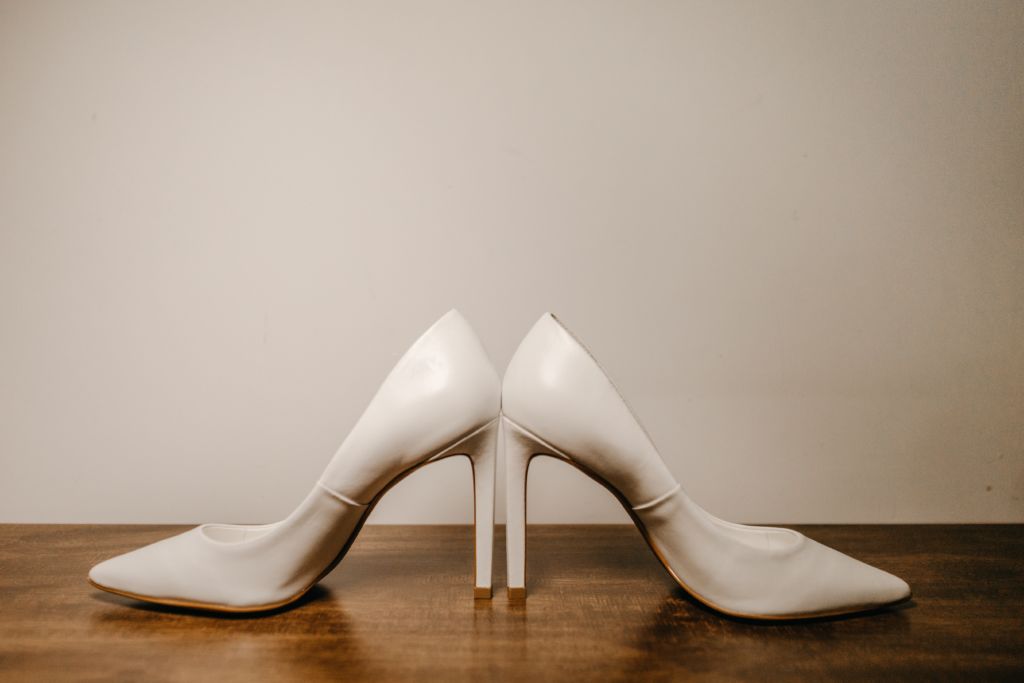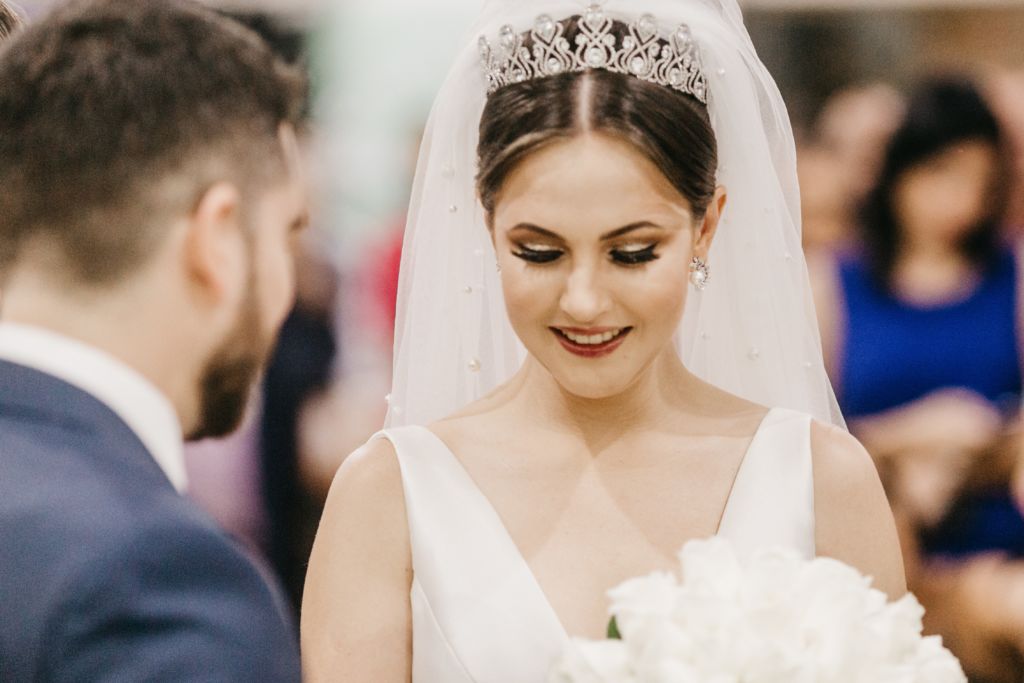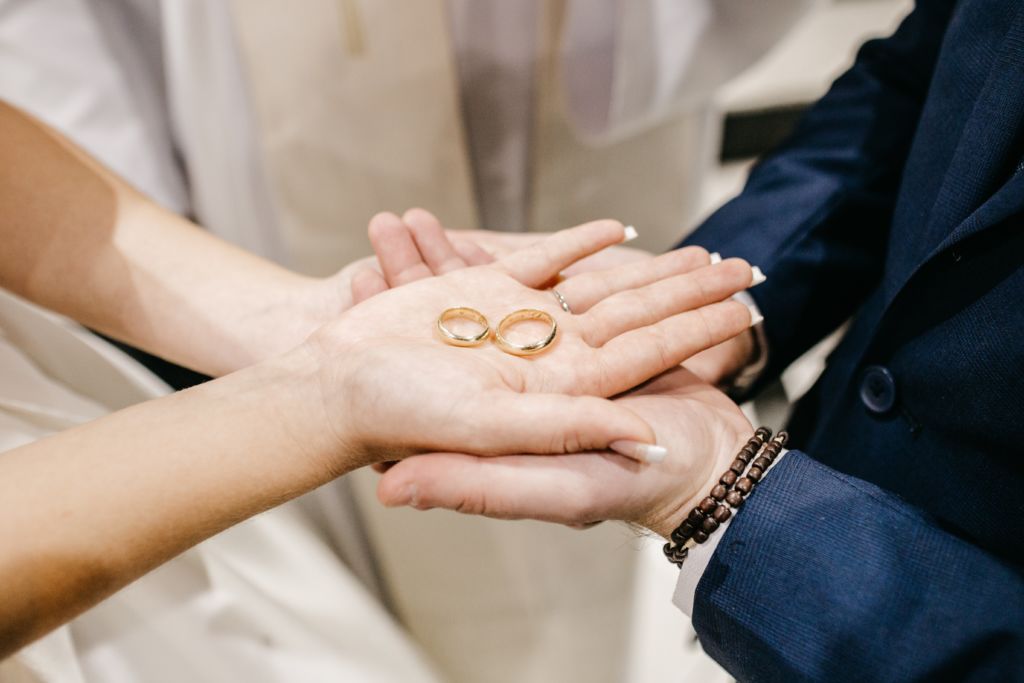When shooting weddings, it’s important to capture everything in the highest possible quality. You want to capture this very special day not just because it’s your job to do so, but also because you will be the only person responsible for getting those important memories recorded for all time. It’s a lot of pressure, but if you get it right, you can make your clients very happy.

Detail shots are something that you might not always think of when you are shooting a wedding. It’s obvious that you need to capture those wide shots: the happy couple signing the wedding register, their first kiss as husband and wife, the gathering of their families for group shots. But detail shots can make a huge difference to the overall package that you hand them after the event.
Details bring everything truly to life. They tell the story in smaller increments, highlighting the important parts. When planning a wedding, every single detail must be attended to – and it’s important that you can record all of that hard work, showing the smallest parts of the day as well as the biggest.
Still don’t know what kind of shots to take to capture those details? We’ve put together some helpful lists for you so that you can get an idea of what to photograph. It’s useful to have a second shooter on hand for this very purpose: one of you gets the details, and the other gets the wider shots.
Here are some of the must-have details shots that you won’t want to miss!
Before the ceremony:
- Getting ready! A close-up of the groom having his tie tied, the bride getting her make-up done, or so forth.

- Bridal details: the hair, the make-up, the jewellery, details on the dress. Think about photographing her something old, new, borrowed, and blue, if you can. You could even lay them out together before she gets ready in order to create a beautiful image summarising those special items.
- The rings: both of them together, each of them alone. Lay the bride’s ring on the fabric of her dress for a great close-up.
- The shoes. You can also capture the bride and groom’s feet together after the ceremony – the visual impact of this shot can really hit home.

- The invitations. From the envelopes to the cards to the save-the-dates, these important pieces of stationary can make a cute flat lay or display.
- Welcome bags or table gifts – a lot of effort goes into these, so capture them before they are disturbed and opened!
- The groom’s accessories: his boutonniere, tie, pocket handkerchief, and so on.
- The bridal bouquet – a close-up with a small depth of field can be really stunning.
- The bridesmaids’ bouquets and groomsmen buttonholes
During the ceremony:
- The small details! Is the groom nervously holding his written vows? Do the bridesmaids line up so that you can get a shot across their matching hairpieces? Does the mother of the bride have an interesting hat? Think about capturing those small moments that may otherwise be lost in the emotions of the moment.

- Floral arrangements: on chairs, on the end of aisles, around the sides of the venue.
- The floor – is there a special carpet laid down or scattered flower petals? Shoot at an angle to capture the part closest to you in focus and let the rest fade out for an artistic shot.
- The rings, of course!

- If the celebrant is reading from a text, consider getting a close-up of the wedding reading.
- Packets of wedding confetti or other items for use as the couple walk down the aisle – before they are used and the aftermath
- The signed register
Before and during the reception:
- The décor!: floral arrangements, place cards, seating charts, cutlery, and other small pieces of décor, especially table and chair decorations. It takes so much time and effort to set these up, so it’s important to capture all of that work before it gets a little rough around the edges when the guests sit down.

- The guest book, being signed or after a few signatures have been collected already
- Food and drinks, especially any signature cocktails
- The wedding cake – get as many shots as you can before it’s cut, as this can be one of the most expensive and extravagant parts of the ceremony
- The entertainment: close-ups of musical instruments or so forth
- Dancing: hands in hands, especially if you have the bride and groom holding hands with the rings visible
- Glasses of champagne ready for the toasts
- Party favours
- The car: close-ups of the decorations on the car, badges and logos for the car manufacturer, and so on
There’s a lot to think about, so this is why you may wish to hire a second shooter if you want to capture everything. One of the best tips when taking photographs of still life objects, like floral arrangements, is to treat them as though you are taking a portrait. Set up the frame beautifully, use a shallow depth of field so that you can bring the main features into focus and make the rest soft, and keep your subject right in the center of the frame.
Every wedding is different, so it’s important that you go over everything with the bride and groom beforehand. If you don’t know what they are planning, you won’t be able to capture those details ahead of time. If they are releasing a dove, for example, try to get a shot of the dove in the box for transport before it is released – once it’s gone, you won’t be able to take that photograph any more.
Do you have any detail shots that are your particular favorites? What about any questions concerning detail shots you would like to ask? Scroll down to post in the comments and let us know!